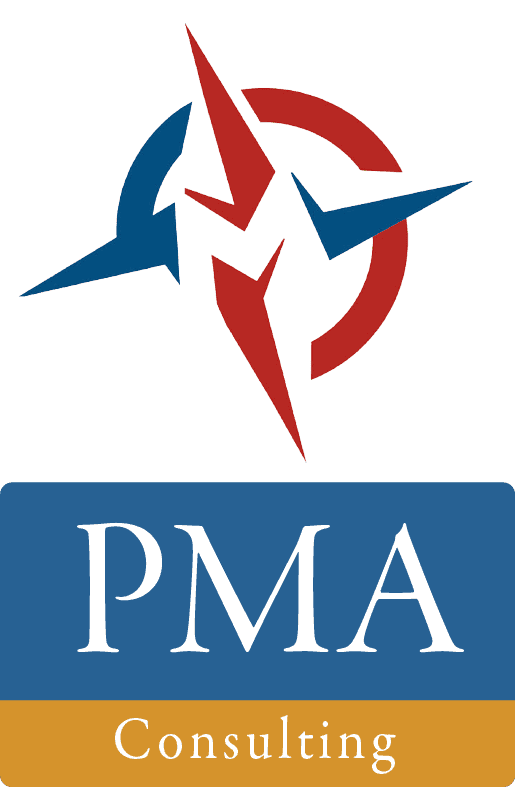Strategic Planning vs Scenario Planning
Recognizing potential situations and environments your nonprofit may encounter in the future, and determining how your organization should react, are important towards its long-term success. To build a successful nonprofit, one must learn the importance of nonprofit strategic and scenario planning.
While these two terms sound similar, they are fundamentally different. Quickly, strategic planning typically focuses on identifying and/or describing likely futures, then developing a plan that allows an organization to succeed. Similarly, scenario planning process tends to explore the uncertainty involved in analyzing a long- term future.
But, you shouldn’t just rely on the short paragraph above as your information, or all that you need to know for your nonprofit.
You should rely (and listen) to the latest episode of A Modern Nonprofit Podcast if you want to learn everything you need to know about strategic and scenario planning.
LISTEN TO EMILIE AND TOSHA DISCUSS NONPROFIT STRATEGIC AND SCENARIO PLANNING ON A MODERN NONPROFIT PODCAST HERE!
On this episode, Dr. Emilie Socash, CEO of Nonprofit Help Center, to talk with Tosha Anderson, founder and CEO of The Charity CFO, to review this important topic. Some questions covered during the episode include:
- What’s the difference between scenario planning and strategic planning
- What’s unique about the scenario planning process for nonprofits (vs. for-profits)?
- What does the scenario planning process look like? Is there just one way to do it? Does it require a specific skill set?
- Can you give an example of how a nonprofit has effectively used scenario planning?
- And more!
Make sure to subscribe to A Modern Nonprofit Podcast and share our episode to your nonprofit, professional network to get the word out about the helpful tips and tricks shared during this nonprofit-oriented series!

Dr. Emilie Socash is the CEO of Nonprofit Help Center, and also joins Tosha Anderson on A Modern Nonprofit Podcast!
So, you’ve listened to A Modern Nonprofit Podcast. Now what?
Nonprofit organizations—and the people who lead them—bring unique value to our communities, particularly during times of challenging change. The Nonprofit Help Center delivers a leader-focused suite of services that are grounded in organizational and leadership psychology, delivering transformational and long-lasting change where it’s needed most. Is your organization looking to build itself into an organization that can truly succeed? Become a NHC member today, which includes full access to all live and pre recorded webinars, special member resources, and a discount on coaching!
Visit the Nonprofit Help Center Website to learn more.
And if you want to build your organization, you need to focus on the work that matters. That means you shouldn’t have to spend your nights and weekends completing financial paperwork, performing bookkeeping tasks or learning nonprofit accounting jargon. You need to outsource your accounting, and ensure you have a team of certified public accountants who actually know nonprofits.
If this sounds like your nonprofit and your own needs, then you should consider us, The Charity CFO. Discover what bookkeeping and accounting services we can provide your organization, then schedule a free consultation with us to start your journey.



 Discussed in this episode of the Path Podcast
Discussed in this episode of the Path Podcast














